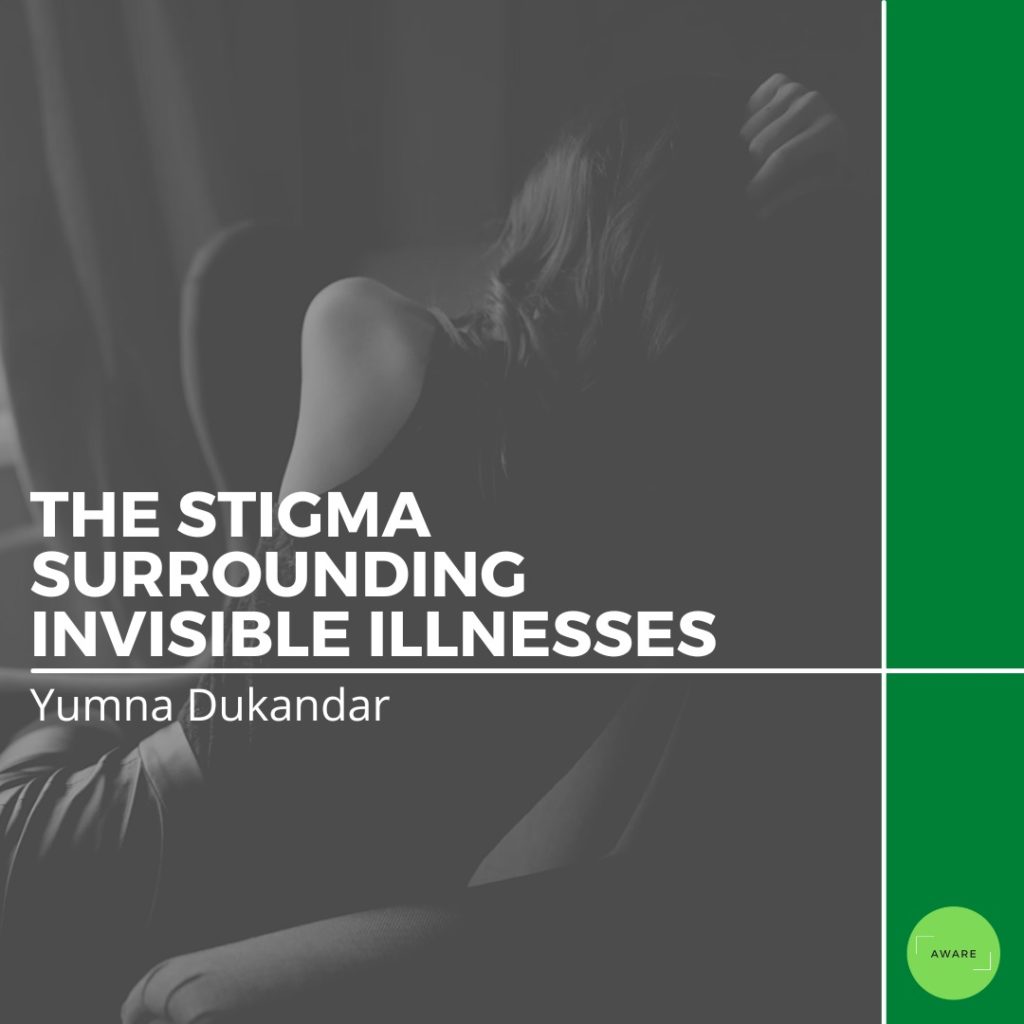You never truly know what someone else is going through. This statement encapsulates the experience faced by those living with invisible illnesses. While we associate physical cues with degrading health, people living with long-term health issues often suppress their symptoms on a day-to-day basis in order to compete in a world that thrives on exhaustive workloads and “staying strong”.
Invisible illnesses refer to disease, sickness, and unsatisfactory health experienced by someone in which their symptoms cannot be seen when looking at them. Illnesses such as Lyme Disease, Lupus, PCOS, and Endometriosis are amongst many invisible illnessesand often include symptoms that could be viewed as undetectable from face value. Many autoimmune diseases fall under this term and are still extremely misunderstood and misdiagnosed. Studies suggest that invisible illnesses disproportionately affect women in comparison to men, creating other obstacles such as not being taken seriously by their healthcare providers. The study suggested that when both male and female patients required medical attention regarding the same level of discomfort, observers understood the female patients to be in less pain. This highlights the need for change within the medical system when taking symptoms experienced by women at the same standard as is for men.
Due to the nature of invisible illnesses, those suffering look “healthy” on the outside. This often results in doubt and skepticism from loved ones and medical practitioners. Getting diagnosed when physical symptoms are not primarily present can be extremely difficult. This is because many of these conditions cannot be diagnosed with a simple blood test and often take thorough testing, a doctor that believes you, and a lot of money. It was estimated that the average journey to diagnose a patient with Fibromyalgia, a chronic condition characterized by extreme pain and fatigue, is over 6 years. Having a health condition in which no one can see can be extremely isolating. From having to prove your illness, to struggling to continue with daily life activities, continuing as normal when your body is compromised is painful and frustrating.
Research conducted on the impact of an invisible illnesses reflected that 46% of patients experienced feelings of depression. Comparatively, research conducted on the impacts of a visible illnesses reflected that 36% of patients felt feelings of depression and hopelessness. The higher rates of depression can be related to the lack of compassion, seriousness, and support that is faced by those suffering with illnesses that cannot be seen.
Feeling sick is never an easy experience. Illness can be life-altering, impact our mental health, increase isolation, and decrease our quality of life. With this in mind, it is important to empathize with the struggles faced by those experiencing illnesses that we cannot see. Validating their experience and supporting them however necessary should be prioritized. It is often through that, that we feel most seen.
